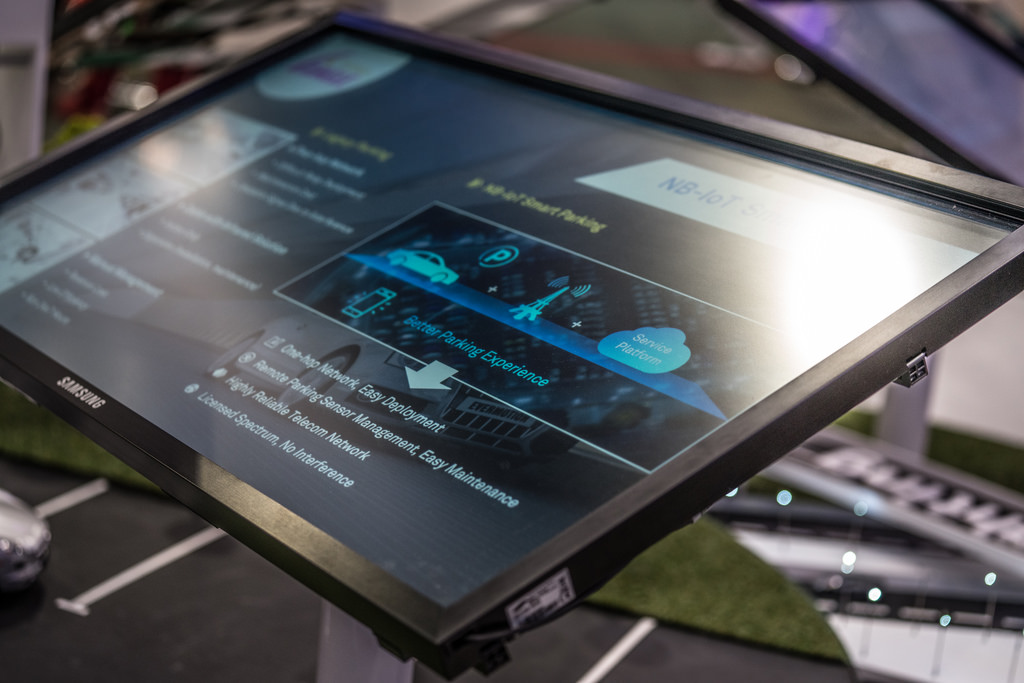What is IoT? How Big is the IoT Industry in America?
IoT refers to the Internet of Things. This is the concept of everyday physical objects being connected to the internet and other devices over the network. Many objects can, therefore, act in unison and even communicate with our smartphones and computers.
 However, all these devices can be connected to our computers, their main purpose is to be able to transfer data over a network without human-to-human or human-to-computer interaction. This means that, in an ideal world, all machines and appliances would be able to communicate when needed to be repaired or replaced, what parts are broken, and what care is needed to keep them in shape.
However, all these devices can be connected to our computers, their main purpose is to be able to transfer data over a network without human-to-human or human-to-computer interaction. This means that, in an ideal world, all machines and appliances would be able to communicate when needed to be repaired or replaced, what parts are broken, and what care is needed to keep them in shape.
What is the IoT industry?
The IoT industry aims to manufacture products that can connect to the internet and function independently over a network. Usually, it utilizes artificial intelligence, machine learning, and real-time data streaming as well to make more efficient IoT devices.
As the IoT industry grows, many other industries improve with it. It has created smart home devices, security systems, personal assistants, and many other devices that typically connect to our smartphones. IoT is present even in the Healthcare industry – researchers have I vented connected contact lenses which can analyze tears and send information about the health of a patient to the doctor in real-time. It can even measure levels of glucose to check on a diabetic patient, as an example. In manufacturing, the IoT industry is present in the form of self-healing systems which can predict equipment problems before they occur.
Also Read: What Is The Future Of IoT In Singapore?
How big is the IoT industry in America?
Since it’s clear that IoT is versatile and beneficial in a multitude of industries, the IoT industry itself boasts a steady positive growth curve. A 2017 study by TechSci, analyzing the IoT industry in the USA by component, communication technology, end-use industry, and competition opportunities, indicated that IoT will grow at a compound annual growth rate of 14+% during 2017-2022. In 2018, Ericsson forecasted that the amount of cellular IoT connections will reach an overwhelming number of 3.5 billion by 2023 at a CAGR of 30%.
Worldwide spending on IoT is expected to reach $1.2 trillion by 2022 at CAGR of 13.6%, according to IDC. In fact, as stated in a 2018 report by Statista, 90% of senior executives in the fields of technology, media, and telecommunications affirm that IoT is critical to their business. The largest share of IoT implementation in connected industry and the connected building is taking place in the USA, according to IoT Analytics.
What hinders the adoption of IoT?
Despite being one of the fastest-growing industries in recent days, IoT implementation does present a few challenges. Security is a major concern when it comes to implementing IoT in devices and industry. If a device is connected to the internet or any other network, it is possible to hack it and compromise the user’s privacy. Besides security, the proper and effective integration of IT systems that handle data-centric computing with OT (Operational Technology) systems that manage events, processes, and devices, is a big challenge as well.
Since IoT is still a novel technology, the ROI it generates cannot be accurately predicted at all times, leading some businesses to lose money. Most companies which are successful in their implementation of IoT build on existing products and previously profitable formulas, instead of creating an entirely new line of IoT-integrated products.
From smart city projects to smart agriculture and manufacturing, the IoT industry is undeniably an integral part of the growth of present-day USA. It is transforming most American industries into more efficient and productive units than their past counterparts. With the sheer expanse and growth of this industry, the IoT industry in America bound to become indispensable in the future.

